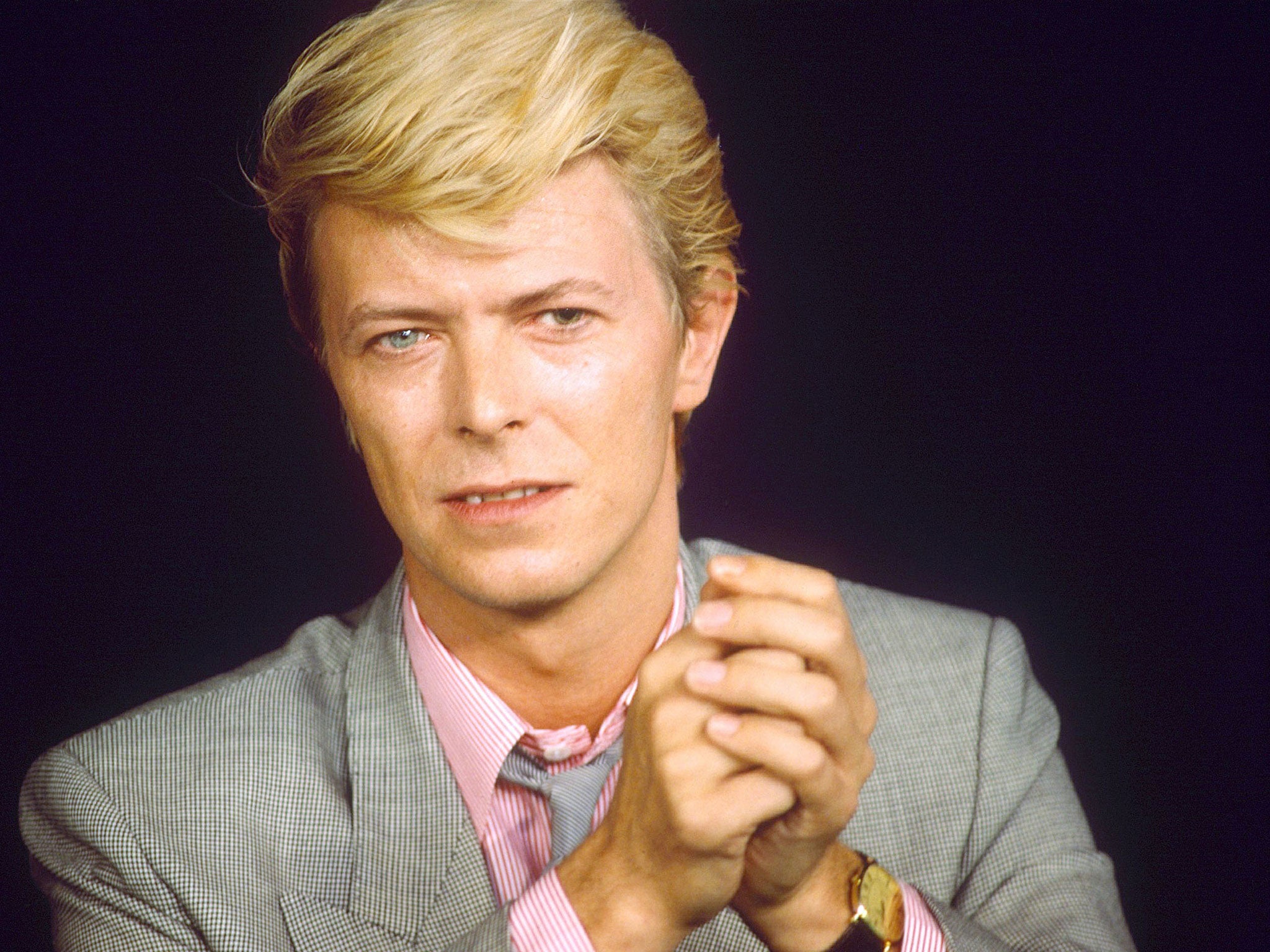David Bowie: Why the legendary singer appeared to have different coloured eyes
David Bowie has died aged 69, surrounded by his family

Your support helps us to tell the story
From reproductive rights to climate change to Big Tech, The Independent is on the ground when the story is developing. Whether it's investigating the financials of Elon Musk's pro-Trump PAC or producing our latest documentary, 'The A Word', which shines a light on the American women fighting for reproductive rights, we know how important it is to parse out the facts from the messaging.
At such a critical moment in US history, we need reporters on the ground. Your donation allows us to keep sending journalists to speak to both sides of the story.
The Independent is trusted by Americans across the entire political spectrum. And unlike many other quality news outlets, we choose not to lock Americans out of our reporting and analysis with paywalls. We believe quality journalism should be available to everyone, paid for by those who can afford it.
Your support makes all the difference.“At the centre of it all, your eyes, your eyes …”
Many aspects of the life and incredible achievements of David Bowie will be considered in the weeks and months ahead following the news of his death. Yet the cryptic lyric above from the lead single on David Bowie’s new album is a reminder that the unusual appearance of his eyes was a key part of the singer’s star persona.
Indeed their iconic presence features in the advertising campaign for ★[Blackstar]. For many people it is that look – that the eyes formed a core part of – that will be an abiding memory of Bowie.
So, why were they apparently two different colours?
Complete heterochromia is a fairly rare condition (in humans) whereby each iris is a distinctly different colour, such as having one blue iris and the other brown.
But this isn’t why Bowie’s eyes looked different.
Instead, the unusual appearance of Bowie’s eyes were due to a condition called anisocoria. Anisocoria is a condition characterised by an unequal size in a person’s pupils. In Bowie’s case, his left pupil was permanently dilated.
This can create the illusion of having different coloured eyes because the fixed pupil does not respond to changes in light, while the right pupil does. So Bowie’s left eye often appeared to be quite dark, due to the blackness of his dilated pupil, when compared to the blue of his right iris.
The dilated pupil of his left eye was also potentially more prone to the effect of “red eye”. This sometimes adds to the appearance of a different colour when contrasted to his right eye.
Red eye occurs when light reflects off of the fundus (the back of the eye), through an open pupil, and captures a red coloration by picking up tonality from the blood in the choroid lining of the eyeball.
This can clearly be seen in the Aladdin Sane – Eyes Open photograph by Brian Duffy (shot in 1973 but unpublished until 2011) that was used as the lead image on the posters for the V&A David Bowie is (2013) exhibition.
So what happened?
Anecdotally, the cause of Bowie’s anisocoria was attributed to the fallout from a lusty scrap in the spring of 1962. Bowie had come to blows with a friend, George Underwood, over a girl they were both hoping to date.
Both were just 15 at the time and their friendship seemingly remained intact.
The two performed together in various bands before Underwood turned from music to painting and graphics.
But Bowie’s left eye remained seriously damaged.
An impulsive punch had accidentally scratched the eyeball, resulting in paralysis of the muscles that contract the iris. From that day, Bowie’s left pupil remained in a fixed open position.
Over time, Bowie apparently thanked his friend for his notorious eye injury, telling Underwood that it gave him “a kind of mystique”. This mystique helped fuel some of Bowie’s greatest creations and enhance iconic images, such as the album cover for Heroes (1977).
His eyes could appear eerie and mismatched, producing a captivating or mesmeric gaze from on stage or through the lens of a camera. And the uncanny appearance of Bowie’s eyes was ideal for a performer who embraced ideas of the alien, the outsider, the otherworldly and the occult.
In an increasingly visual world seemingly preoccupied by perfection, Bowie’s damaged left pupil became an intrinsic and arresting part of his enigmatic identity.
Kevin Hunt, Senior Lecturer in Design and Visual Culture, Nottingham Trent University
This article was originally published on The Conversation. Read the original article.
Join our commenting forum
Join thought-provoking conversations, follow other Independent readers and see their replies
Comments